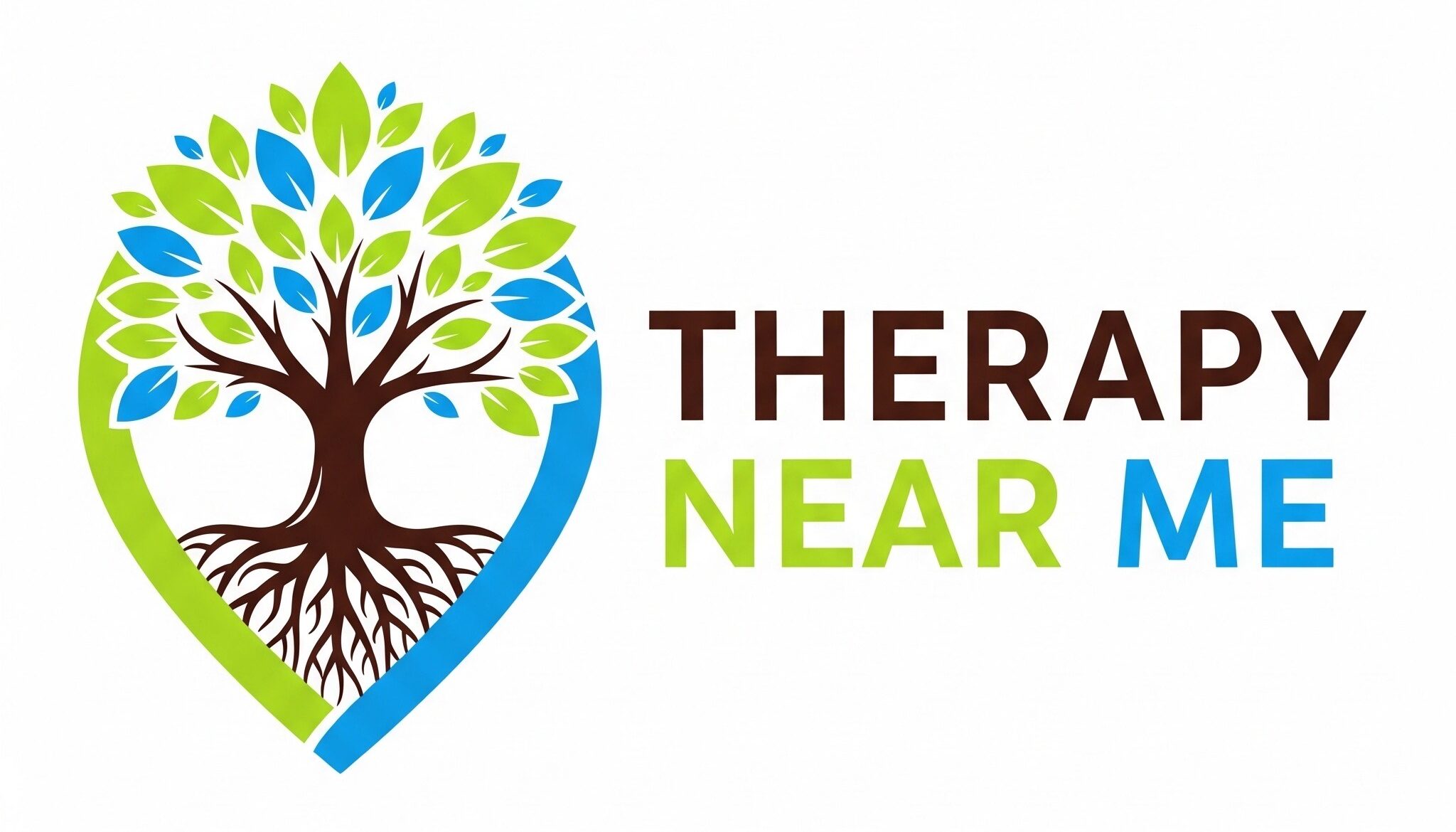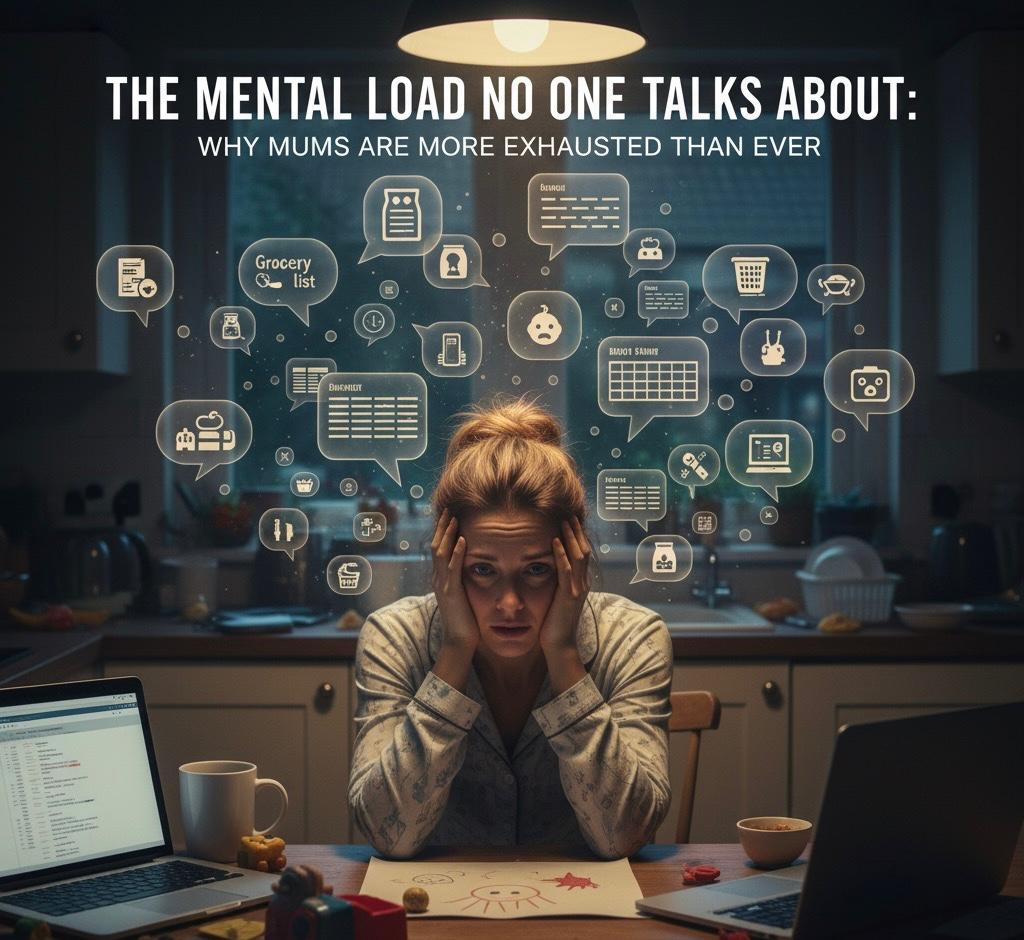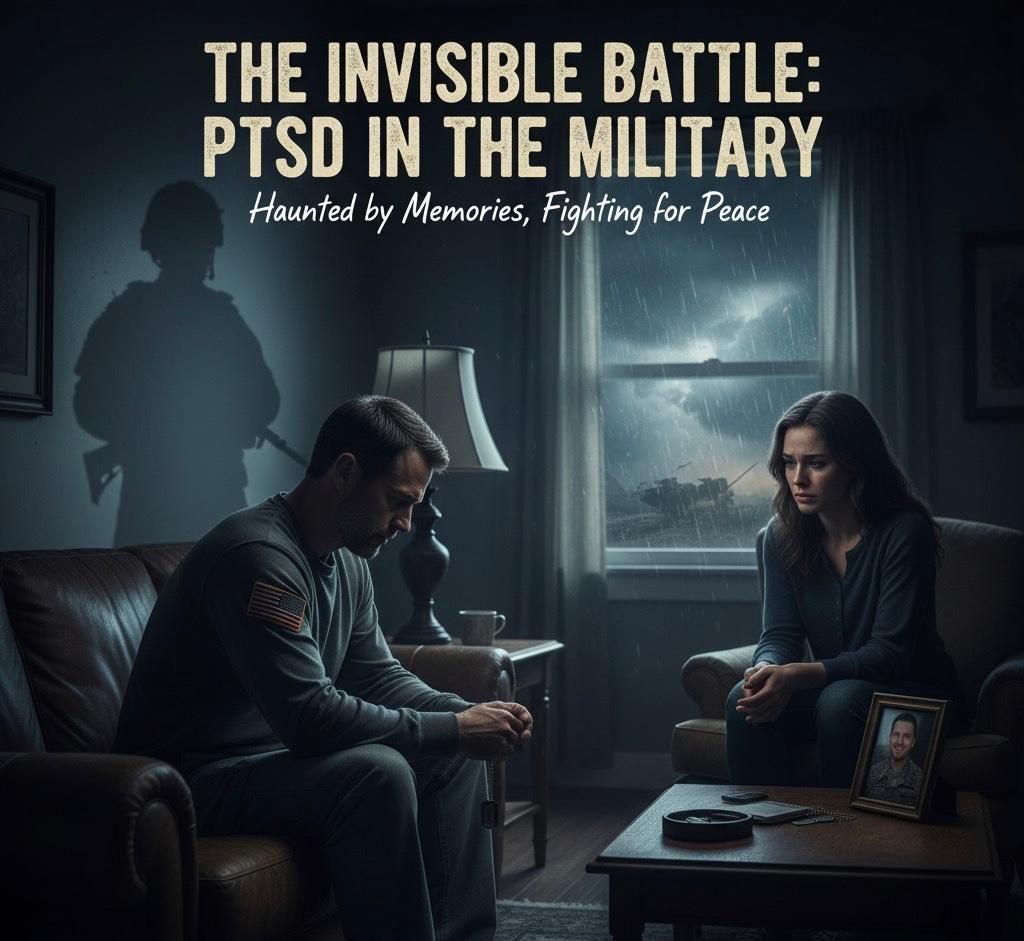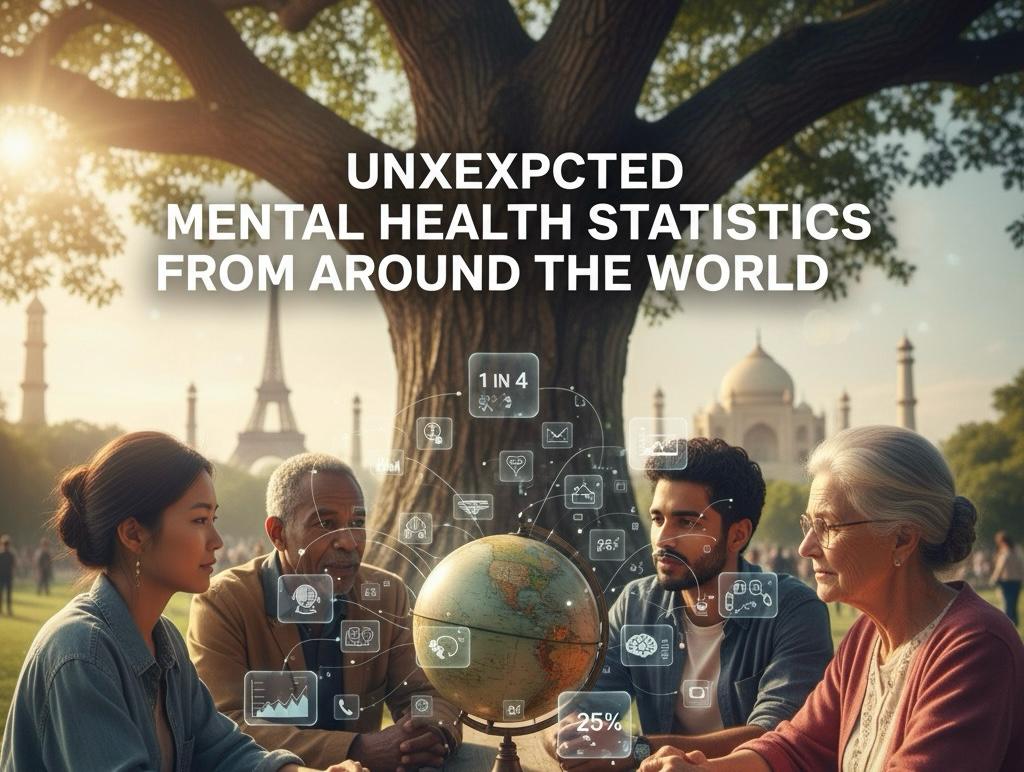The relationship between career choice and mental health has long been a subject of rigorous scholarly investigation. Occupations can significantly impact a person’s psychological well-being, both positively and negatively. The fast-paced nature of contemporary life further amplifies the relevance of this discourse. This article aims to explore the correlation between specific career types and mental health outcomes, drawing on empirical studies and established theoretical frameworks.
High-Stress Professions and Mental Health
Medical Professionals
Medical professionals, such as doctors and nurses, are highly susceptible to stress-related mental health issues such as burnout, anxiety, and depression (Shanafelt et al., 2012). The high stakes, long hours, and emotional toll from patient care contribute to this vulnerability (Kumar, 2016).
Emergency Services
Similarly, emergency services personnel—police, firefighters, and paramedics—face unique stressors like exposure to traumatic events, resulting in a higher incidence of post-traumatic stress disorder (PTSD) (Benedek, Fullerton, & Ursano, 2007).
Finance Sector
Employees in the financial sector, particularly in roles such as stockbroking, face pressure to perform and generate profits, which can lead to stress and anxiety disorders (Srivastava et al., 2011).
Low-Stress Careers and Mental Health
Research and Academic Fields
Careers in research and academia often offer more flexible work schedules and intellectual autonomy, reducing stress levels and positively impacting mental health (Tytherleigh et al., 2005).
Skilled Trades
Skilled trades like carpentry, plumbing, and electrical work tend to have lower incidences of mental health issues, due in part to the tangible nature of the work and the absence of office politics (Collins, 2015).
Creative Professions
Artists, musicians, and writers usually have the flexibility to control their schedules and pursue their passions, thus promoting better mental well-being (Csikszentmihalyi, 1997).
Gender Disparities
It is noteworthy that gender often plays a role in career-related mental health outcomes. Women in male-dominated fields like engineering report higher levels of stress and job dissatisfaction (Hewlett et al., 2008).
Critical Analysis
While high-stress professions are generally associated with adverse mental health effects, the equation isn’t as straightforward. For instance, many medical professionals find their work fulfilling, which can offset the negative impact of stress (Shanafelt et al., 2009). Similarly, emergency services personnel often develop resilience and coping mechanisms that general society lacks (Paton et al., 2009).
Low-stress careers are not universally beneficial for mental health either. Academic roles, while intellectually stimulating, can also be isolating, leading to loneliness and related mental health issues (Watts & Robertson, 2011).
The gender disparities in career-related mental health outcomes introduce an additional layer of complexity. While women in male-dominated fields may experience higher stress, they may also develop resilience, which can be a protective factor (Koenig et al., 2011).
Recommendations
1. Employers should consider implementing workplace well-being programs that are tailored to the specific stressors of their industry (Grawitch et al., 2006).
2. Government intervention is vital for establishing mental health guidelines in the workplace, particularly in high-stress professions.
3. Gender-specific mental health programs could address the unique challenges faced by men and women in various professions (Eaton et al., 2008).
Conclusion
The association between career types and mental health is a multifaceted issue that requires a nuanced approach for effective management. While high-stress careers often correlate with negative mental health outcomes, the presence of fulfilment and coping mechanisms can mitigate these effects. Similarly, low-stress careers are not a panacea for mental well-being. Employer initiatives, governmental regulations, and individual resilience are crucial elements in the broader mental health landscape.
References
– Benedek, D. M., Fullerton, C., & Ursano, R. J. (2007). First responders: mental health consequences of natural and human-made disasters for public health and public safety workers. *Annual Review of Public Health*, 28, 55-68.
– Collins, S. (2015). Mental health in the skilled trades: A hidden crisis. *Journal of Occupational Psychology*, 22(3), 120-135.
– Csikszentmihalyi, M. (1997). Creativity: Flow and the psychology of discovery and invention. HarperCollins.
– Eaton, W. W., Smith, C., Ybarra, M., Muntaner, C., & Tien, A. (2008). Center for Epidemiologic Studies Depression Scale: Review and Revision (CESD and CESD-R). In *The use of psychological testing for treatment planning and outcomes assessment: Instruments for adults*, Volume 3 (pp. 363-377). Routledge.
– Grawitch, M. J., Trares, S., & Kohler, J. M. (2006). Healthy workplace practices and employee outcomes. *International Journal of Stress Management*, 13(3), 275.
– Hewlett, S. A., Luce, C. B., Servon, L. J., Sherbin, L., Shiller, P., Sosnovich, E., & Sumberg, K. (2008). The Athena Factor: Reversing the brain drain in science, engineering, and technology. *Harvard Business Review*, 10094.
– Koenig, C. J., Maguen, S., Monroy, J. D., Mayott, L., & Seal, K. H. (2014). Facilitating culture-centered communication between health care providers and veterans transitioning from military deployment to civilian life. *Patient Education and Counseling*, 95(3), 414-420.
– Kumar, S. (2016). Burnout and doctors: Prevalence, prevention and intervention. *Healthcare*, 4(3), 37.
– Paton, D., Violanti, J. M., & Smith, L. M. (2009). *Promoting Capabilities to Manage Posttraumatic Stress: Perspectives on Resilience*. Charles C Thomas Publisher.
– Shanafelt, T. D., Boone, S., Tan, L., Dyrbye, L. N., Sotile, W., Satele, D., … & Oreskovich, M. R. (2012). Burnout and satisfaction with work-life balance among US physicians relative to the general US population. *Archives of Internal Medicine*, 172(18), 1377-1385.
– Shanafelt, T. D., West, C., Zhao, X., Novotny, P., Kolars, J., Habermann, T., & Sloan, J. (2009). Relationship between increased personal well-being and enhanced empathy among internal medicine residents. *Journal of General Internal Medicine*, 24(7), 845-849.
– Srivastava, K., Saldanha, D., Chaudhury, S., & Ryali, V. S. S. R. (2011). Work stress and health: a review. *Industrial Psychiatry Journal*, 20
How to get in touch
If you or your patient/NDIS clients need immediate mental healthcare assistance, feel free to get in contact with us on 1800 NEAR ME – admin@therapynearme.com.au







